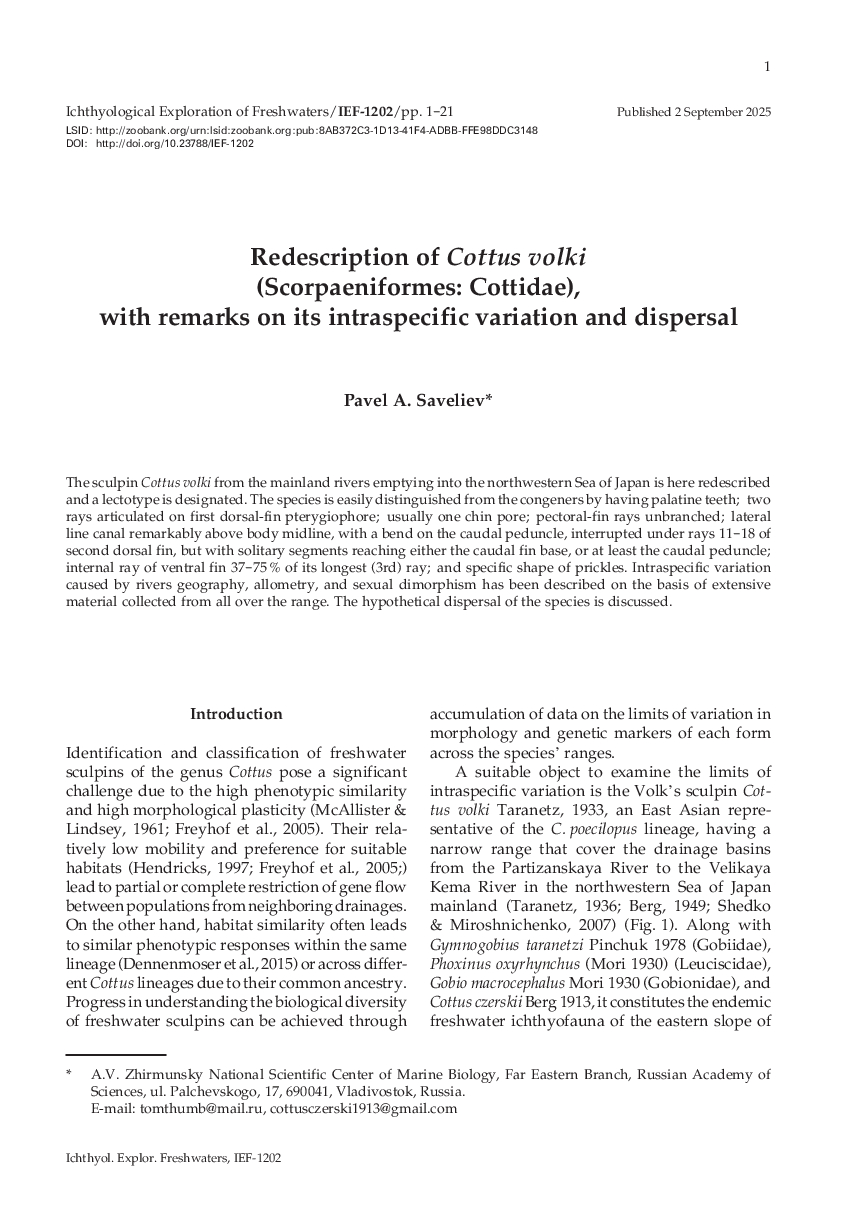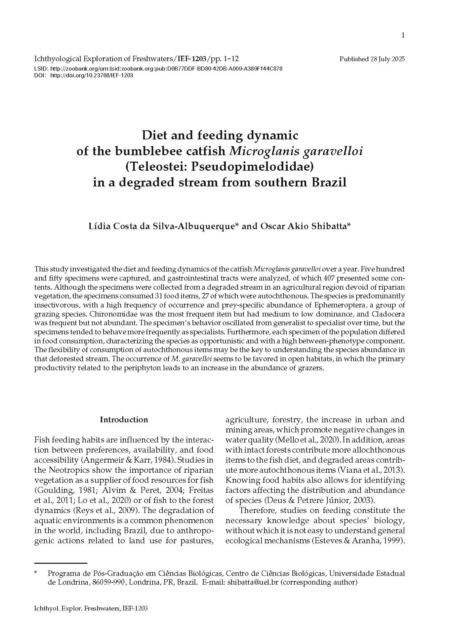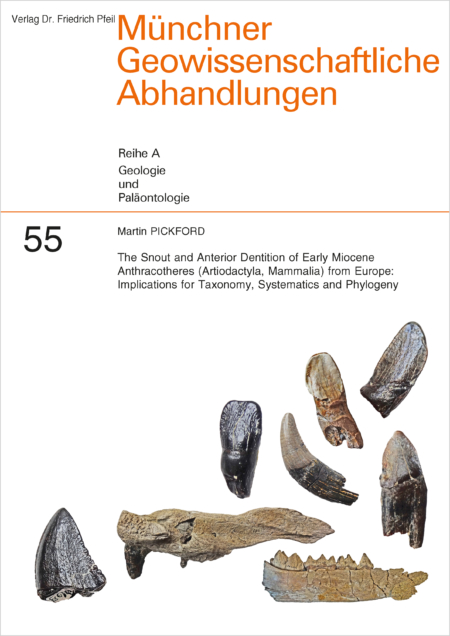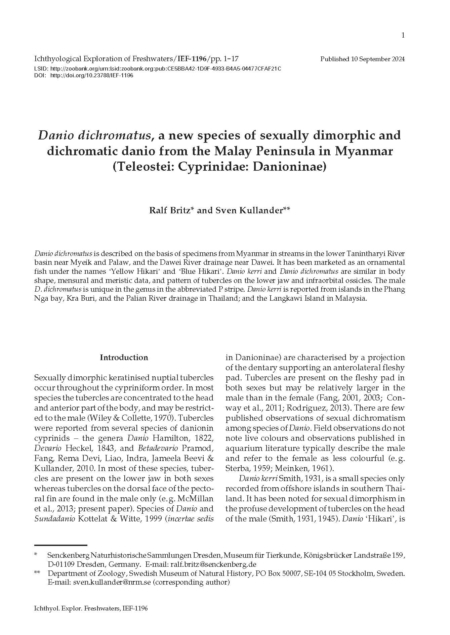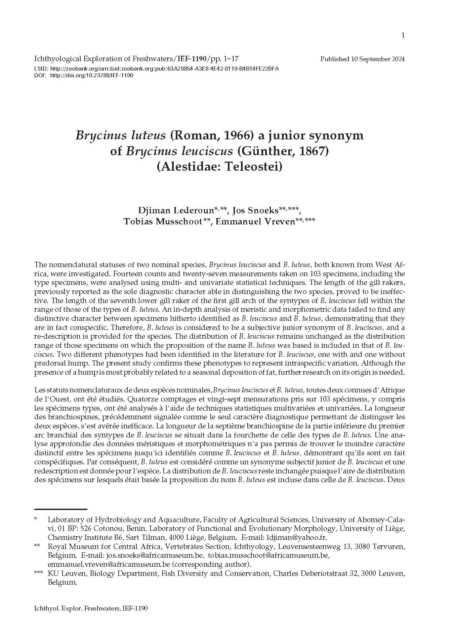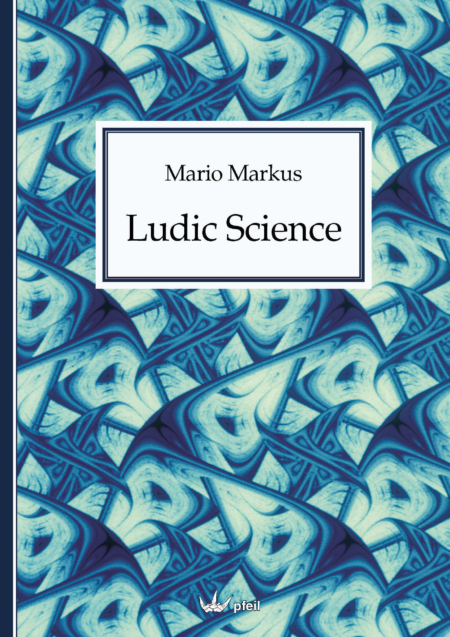Verlag Dr. Friedrich Pfeil
Scientific publishing house
We are a scientific publishing house with the goal of presenting natural history and geoscientific contents in a comprehensible form to a broad circle of readers. From English-language books and journals to popular science guides and children‘s book, various directions are represented in the program.
Small but exquisite
As a small family business we are very flexible and can react quickly to the wishes of our authors and readers.
Quality before profit
We produce high quality publications with a lot of attention to detail and still offer attractive sales prices, even for small editions.
International and interdisciplinary
We publish and distribute publications worldwide – as far as possible in German and English. We work internationally with authors and editors of various disciplines.
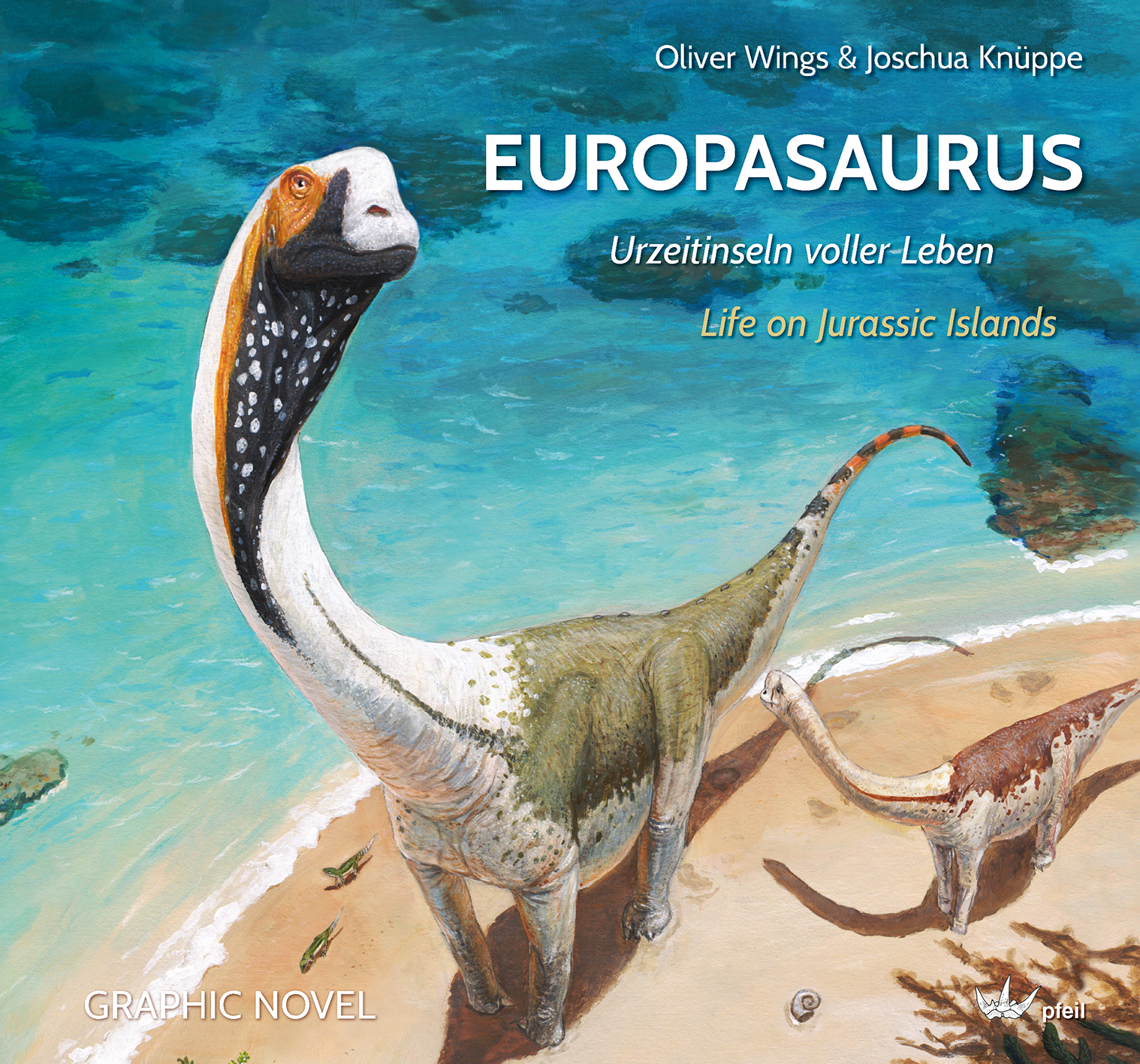 Are you ready for an exciting time travel 154 million years back into the past? In the Late Jurassic, when Central Europe was a subtropical archipelago, voracious predatory dinosaurs, small, nimble mammals, and the dwarfed giant dinosaur Europasaurus roamed the landscape in what is now Northern Germany.
Are you ready for an exciting time travel 154 million years back into the past? In the Late Jurassic, when Central Europe was a subtropical archipelago, voracious predatory dinosaurs, small, nimble mammals, and the dwarfed giant dinosaur Europasaurus roamed the landscape in what is now Northern Germany.
 Between 2010 and 2016, the TanDEM-X radar mission, operated and managed by the German Aerospace Center (DLR), generated the first global space-borne terrestrial digital elevation model of high resolution. The authors, Manfred Gottwald, Thomas Kenkmann and Wolf Uwe Reimold, used these data and produced the first topographic atlas of all currently confirmed terrestrial impact structures. This book provides the updated terrestrial impact crater record with more than 200 high-resolution maps, supplemented by geological descriptions and a plethora of field photographs for most structures. Thus, our atlas provides a comprehensive overview of the impact crater record for each continent.
Between 2010 and 2016, the TanDEM-X radar mission, operated and managed by the German Aerospace Center (DLR), generated the first global space-borne terrestrial digital elevation model of high resolution. The authors, Manfred Gottwald, Thomas Kenkmann and Wolf Uwe Reimold, used these data and produced the first topographic atlas of all currently confirmed terrestrial impact structures. This book provides the updated terrestrial impact crater record with more than 200 high-resolution maps, supplemented by geological descriptions and a plethora of field photographs for most structures. Thus, our atlas provides a comprehensive overview of the impact crater record for each continent.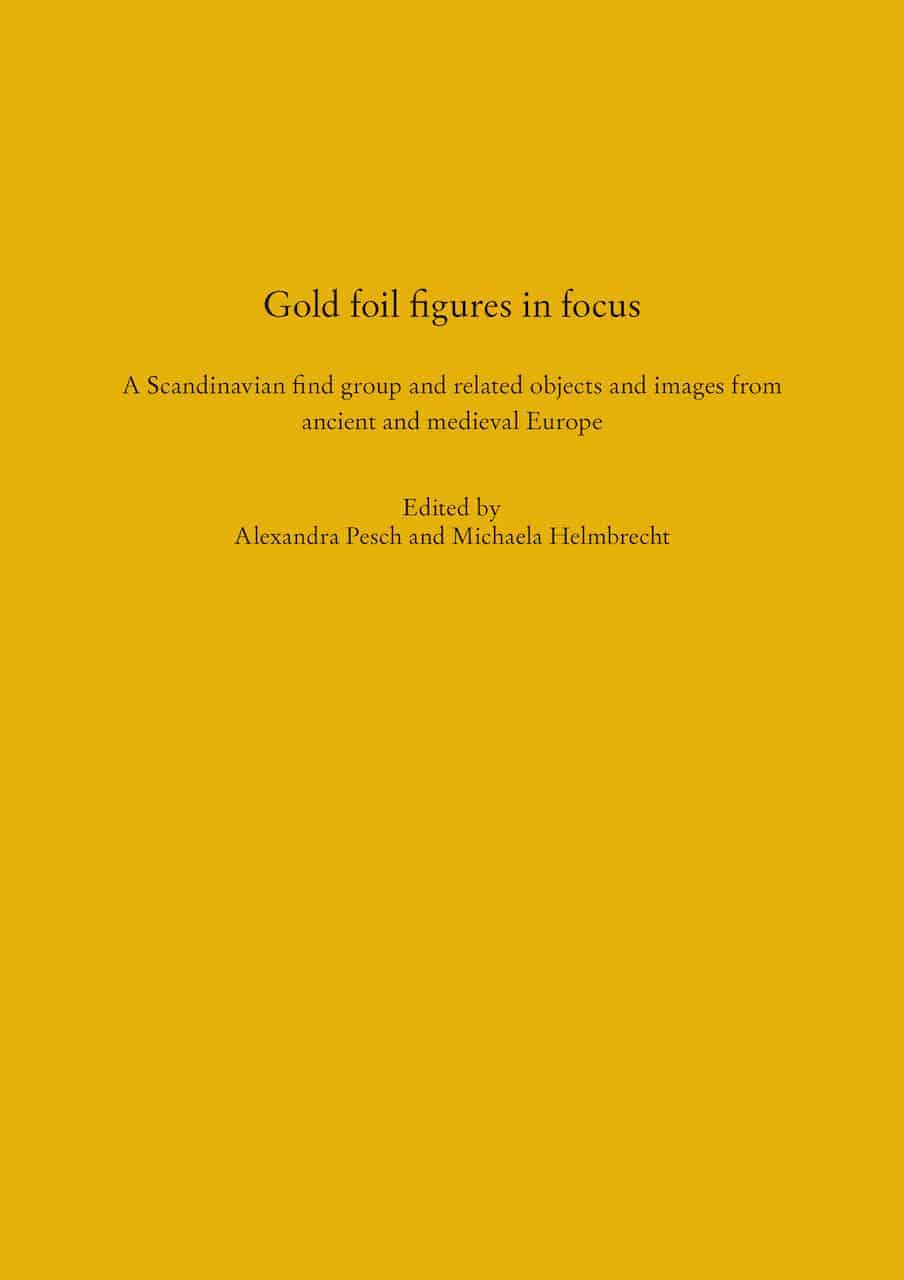 Gold foil figures in focus A Scandinavian find group and related objects and images from ancient and medieval Europe edited by Alexandra Pesch and Michaela Helmbrecht
Gold foil figures in focus A Scandinavian find group and related objects and images from ancient and medieval Europe edited by Alexandra Pesch and Michaela Helmbrecht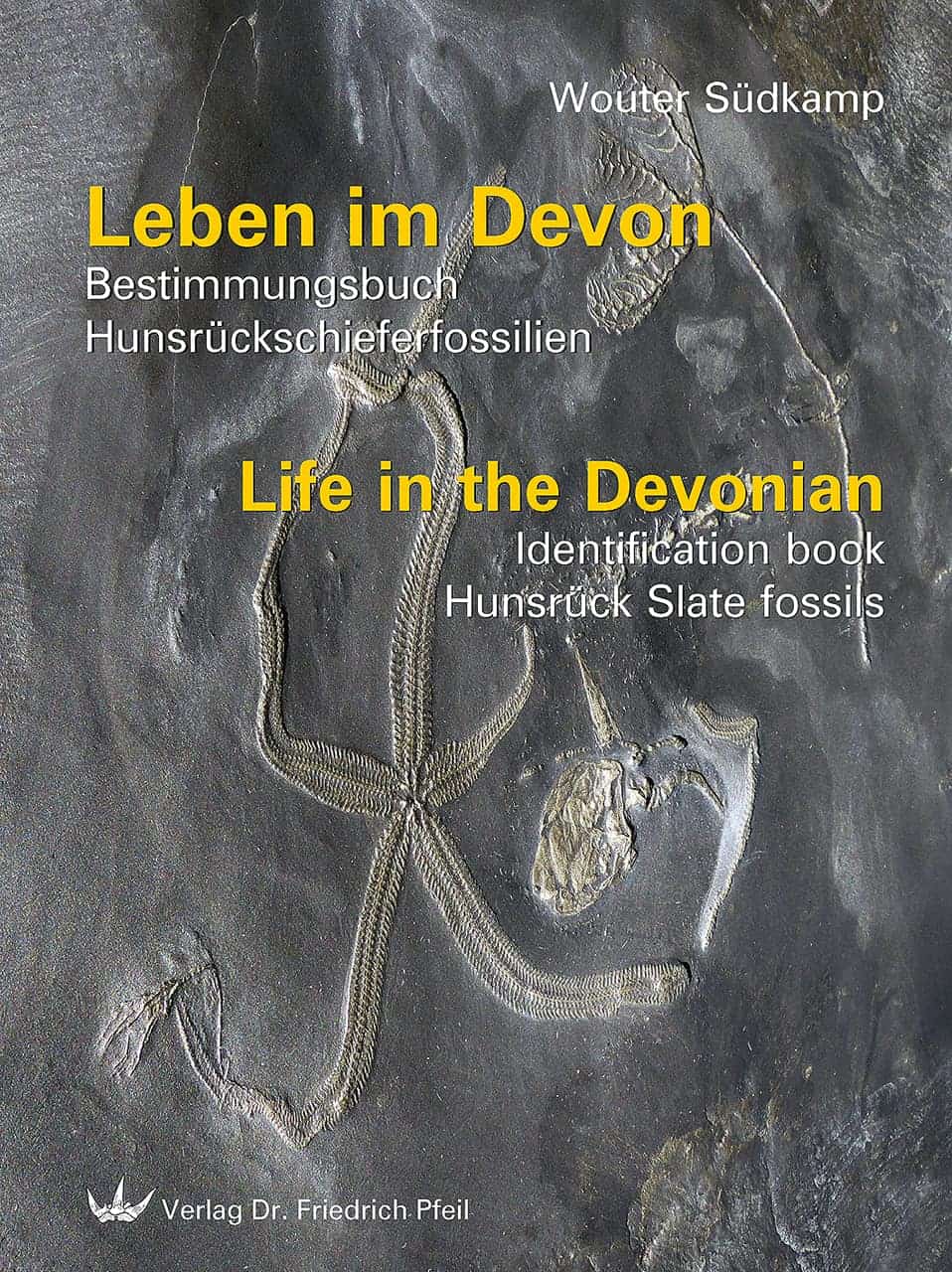 The Hunsrück Slate in south-western Germany belongs to the most important fossil deposits of the world. The sediments came into being in the former subtropical shallow sea during the Devonian age for more as 400 million years ago. Thanks to the special geologic conditions the Hunsrück Slate turned out to be a valuable “archive” with an exceptionally preserved and diverse fossil flora and fauna.
The Hunsrück Slate in south-western Germany belongs to the most important fossil deposits of the world. The sediments came into being in the former subtropical shallow sea during the Devonian age for more as 400 million years ago. Thanks to the special geologic conditions the Hunsrück Slate turned out to be a valuable “archive” with an exceptionally preserved and diverse fossil flora and fauna.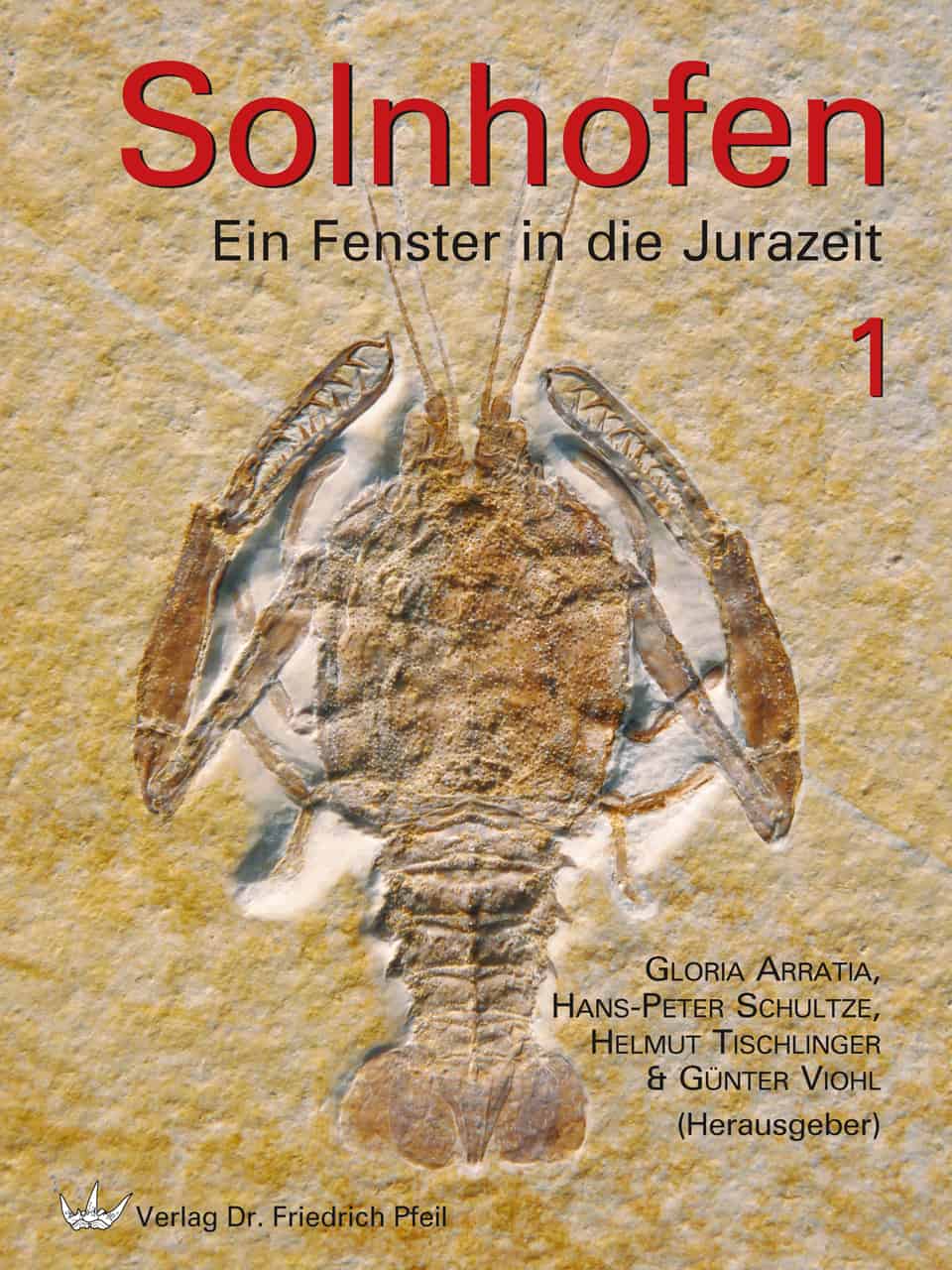
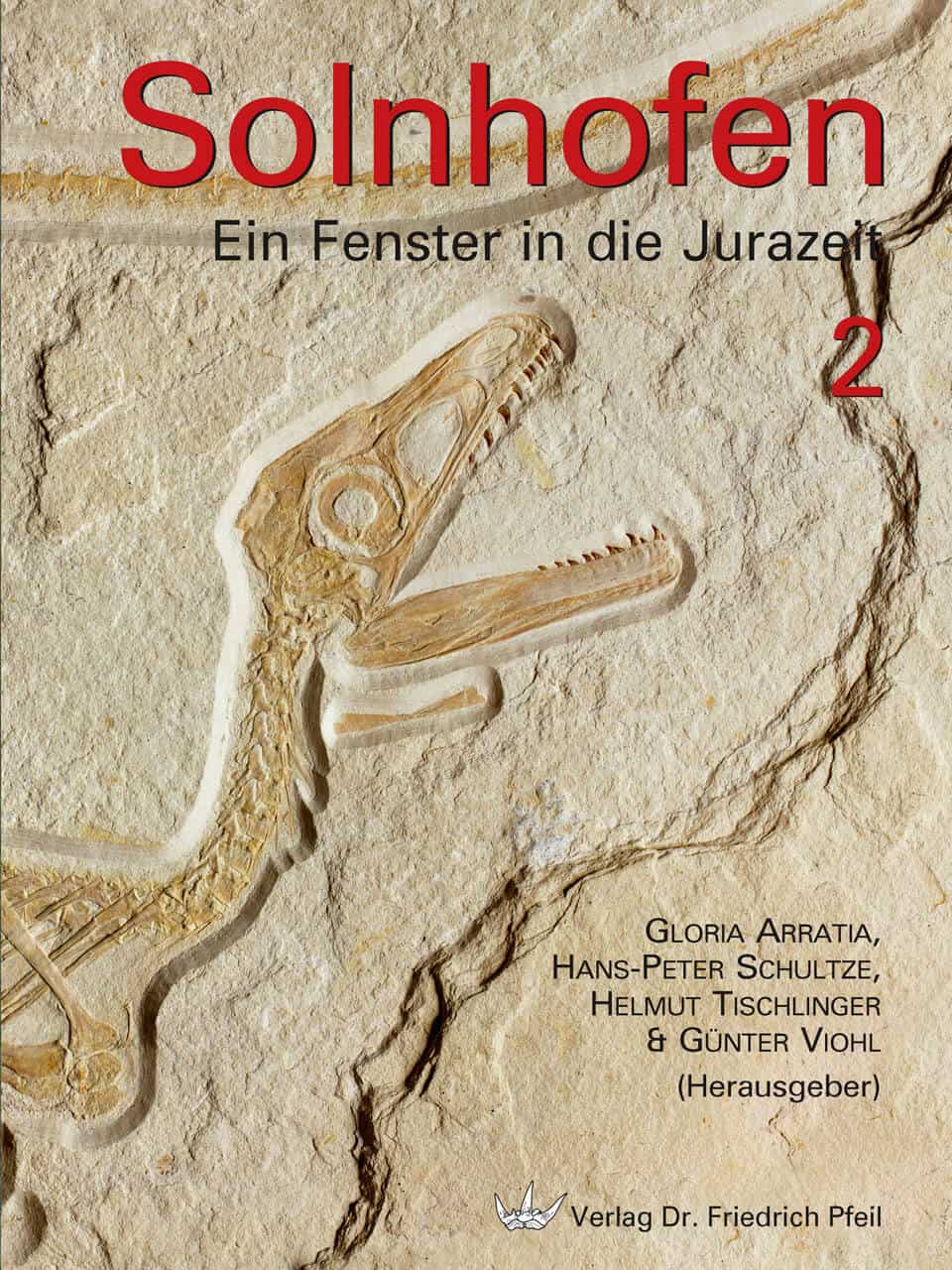 Solnhofen – dieser Name ist weltberühmt sowohl durch die Verwendung seines Steins als Lithographiestein als auch durch die vorzüglich erhaltenen und ästhetisch ansprechenden Fossilien, die seit dem 16. Jahrhundert immer wieder das Interesse von Sammlern und Wissenschaftlern weckten.
Solnhofen – dieser Name ist weltberühmt sowohl durch die Verwendung seines Steins als Lithographiestein als auch durch die vorzüglich erhaltenen und ästhetisch ansprechenden Fossilien, die seit dem 16. Jahrhundert immer wieder das Interesse von Sammlern und Wissenschaftlern weckten.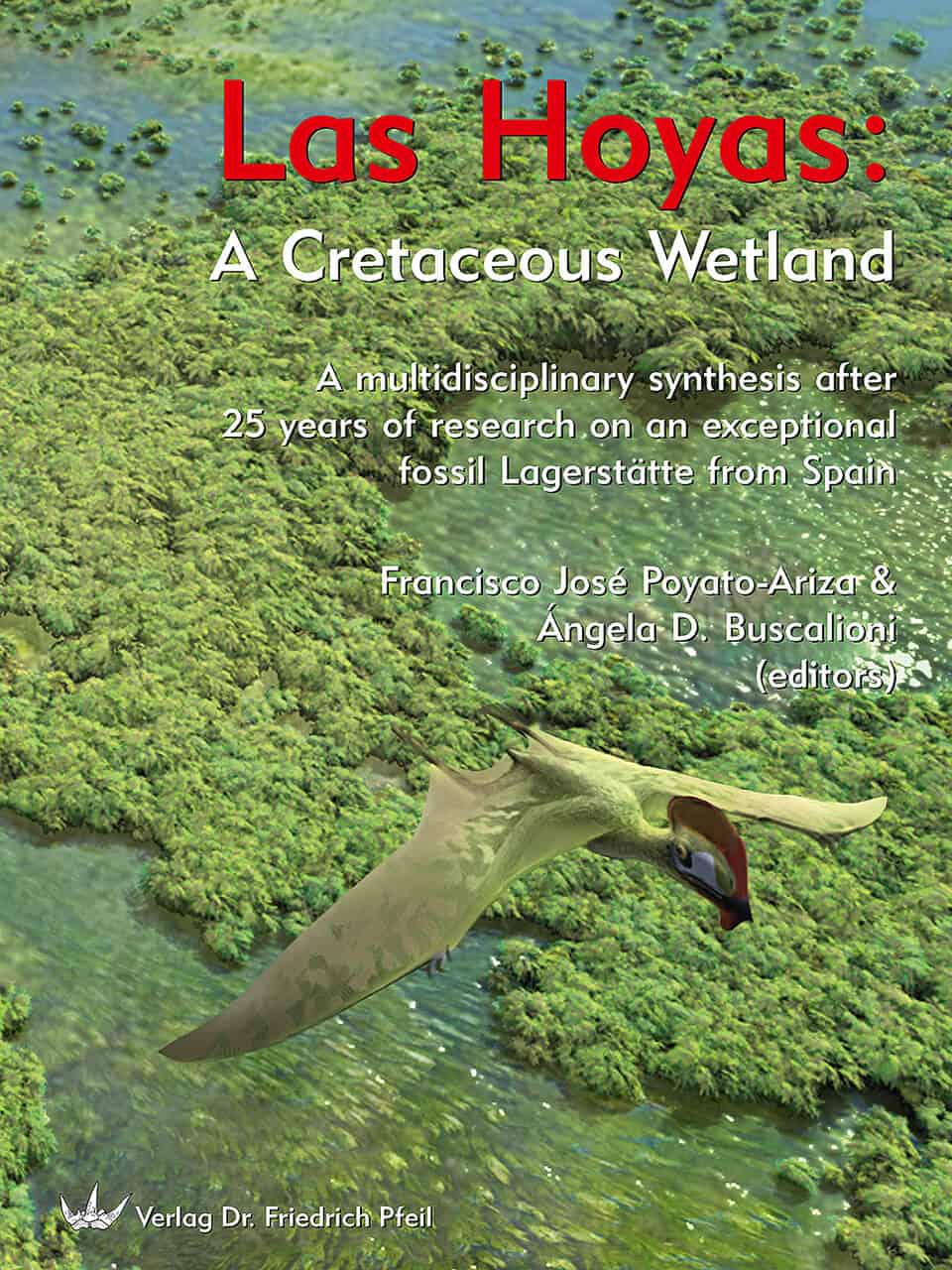 At human scale, 25 years seems time enough to relate academic and scientific experiences. The particular experiences presented in this book are based, first of all, on the earliest works and research at Las Hoyas led by Prof. José Luis Sanz. This book honors him as a tribute to those early years of Las Hoyas, where, while admiring the beauty of its fossils, we all learned the huge diversity of Nature and, at the same time, how to handle a number of enthusiastic students, manage the collection, and ask for funds year after year.
At human scale, 25 years seems time enough to relate academic and scientific experiences. The particular experiences presented in this book are based, first of all, on the earliest works and research at Las Hoyas led by Prof. José Luis Sanz. This book honors him as a tribute to those early years of Las Hoyas, where, while admiring the beauty of its fossils, we all learned the huge diversity of Nature and, at the same time, how to handle a number of enthusiastic students, manage the collection, and ask for funds year after year.